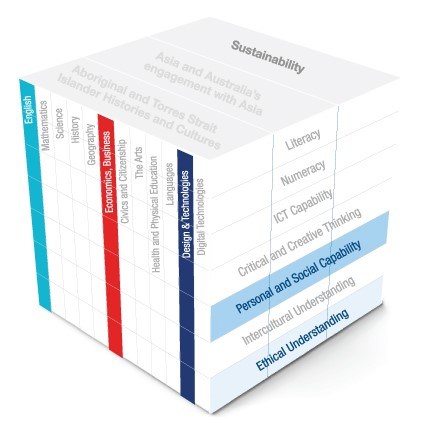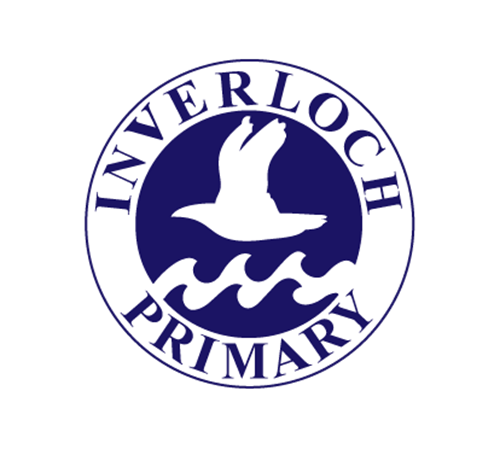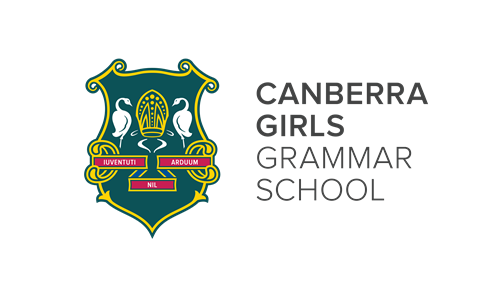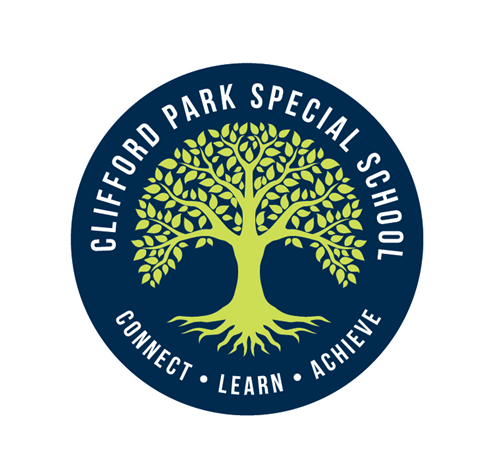HASS: Influences on consumer choices
Introduction
St Anthony's Parish Primary School uses the three dimensions of the Australian Curriculum to provide opportunities for students to develop their gifts and talents. The school acknowledges that students may possess talents, as well as areas of challenge. A combination of age-appropriate learning area content, general capabilities and cross-curriculum priorities allows teachers the flexibility to tailor teaching to meet the needs of all students.
In this illustration of practice, Year 5 students considered the features that they would include to create an effective radio advertisement. The lesson was part of an inquiry-based unit of work in Humanities and Social Sciences: Economics and Business.
In a mainstream class, the classroom teacher and the learning support teacher (LST) timetabled for this lesson, supported the language development of students with disability and students for whom English is an additional language or dialect.
The classroom teacher and LST provided direct and timely assistance to support student engagement with age-appropriate learning area content through the general capabilities.
Learning intention
Students work collaboratively in groups to create a radio advertisement to influence consumer choice about a product that is commercially available.
Prior to the lesson
Students considered the following aspects of advertising:
- language of advertising
- role of an advertising team
- nutritional aspects of food products.
During the lesson
Students worked in groups to produce a radio advertisement. Students were required to write a plan and create a radio advertisement, and consider:
- duration of the advertisement (30 seconds)
- ‘attention grabbers’ (music, sound effects, repetition of message, vocal expression etc.)
- voice-over
- jingle
- target audience
- emotional or logical audience response
- simplicity of language
- overall message.
At the conclusion of the lesson each group presented their radio advertisement to the class.
After the lesson
Students reflected on the effectiveness of the strategies they used to develop their advertisement. They applied their learning to create another radio advertisement to promote a product that they intended to sell at the school Market Day later in the year.
Planned adjustments
In this illustration of practice, the following adjustments were in place:
- subject-specific language was a teaching focus for students with language difficulties
- language prompt sheets
- visual prompts were positioned around the classroom
- visual prompts were used to assist product packaging
- elaborations provided learning area content for each student’s work towards the same Achievement Standard
- an additional classroom teacher (LST) provided support
- mixed ability groups supported all learners
- higher order questions were posed to extend some students, for example:
- How would you have to change your advertising strategies to sell a less than healthy product?
- What dilemmas might you face as an advertising agent when developing an advertisement for an unhealthy product or a product that was bad for the environment?
Dimensions of the Australian Curriculum accessed in this illustration of practice

Learning area content
|
Sub-strand |
Element from Achievement Standard |
Content Descriptions |
Elaborations |
|
Economics, Business (Primary Focus) |
Economics and Business Students describe factors that influence their choices as consumers. Students identify individual strategies that can be used to make informed consumer and financial choices. |
Influences on consumer choices and methods that can be used to help make informed personal consumer and financial choices (ACHASSK121) |
Identifying goods they have purchased and categorising and explaining factors that influence consumer purchasing decisions Comparing the influence of a variety of selling and advertising strategies used by businesses on consumer choices |
|
Design and Technology |
Understand how design and technology works Students describe competing considerations in the design of products, services and environments, taking into account sustainability. |
Develop project plans that include consideration of resources when making designed solutions individually and collaboratively (ACTDEP028) |
Outlining the planning and production steps needed to produce a product, service or environment using digital technologies |
|
English
|
Productive Modes Students create imaginative, informative and persuasive texts for different purposes and audiences. They make presentations which include multimodal elements for defined purposes. They contribute actively to class and group discussions, taking into account other perspectives. |
Plan, draft and publish imaginative, informative and persuasive print and multimodal texts, choosing text structures, language features, images and sound appropriate to purpose and audience (ACELY1704) |
Selecting an appropriate text structure for the writing purpose and sequencing content according to that text structure, introducing the topic, and grouping related information in well-sequenced paragraphs with a concluding statement |
Cross-curriculum priorities
|
Sustainability |
Systems Sustainable patterns of living rely on the interdependence of healthy social, economic and ecological systems. |
- What strategies were used by the teacher to ensure that no students were disadvantaged when working with age-appropriate content?
- In this illustration of practice, the teacher referred to some of the strategies that were used to provide opportunities for students to create deeper meaning and to reconstruct knowledge outside what was in front of them. What actions and/or words were used by the teacher to demonstrate this?
- In this illustration of practice, what evidence assisted the teacher to make informed decisions about student progress?
- Identify a student in your class who may experience difficulties with aspects of this task or a similar task. How would you support your student to overcome these difficulties?
Similar illustrations of practice
Copyright
These illustrations of personalised learning are not licensed under the creative commons license used for other material on the Australian Curriculum website. Instead, you may view, download, display, reproduce, and distribute these materials in unaltered form only for your personal, non-commercial educational purposes or for the non-commercial educational purposes of your organisation, provided that you retain this copyright notice. This means you cannot edit, modify or adapt any of these materials and you cannot sub-license any of these materials to others. Apart from any uses permitted under the Copyright Act 1968 (Cth), and those explicitly granted above, all other rights are reserved by ACARA.






